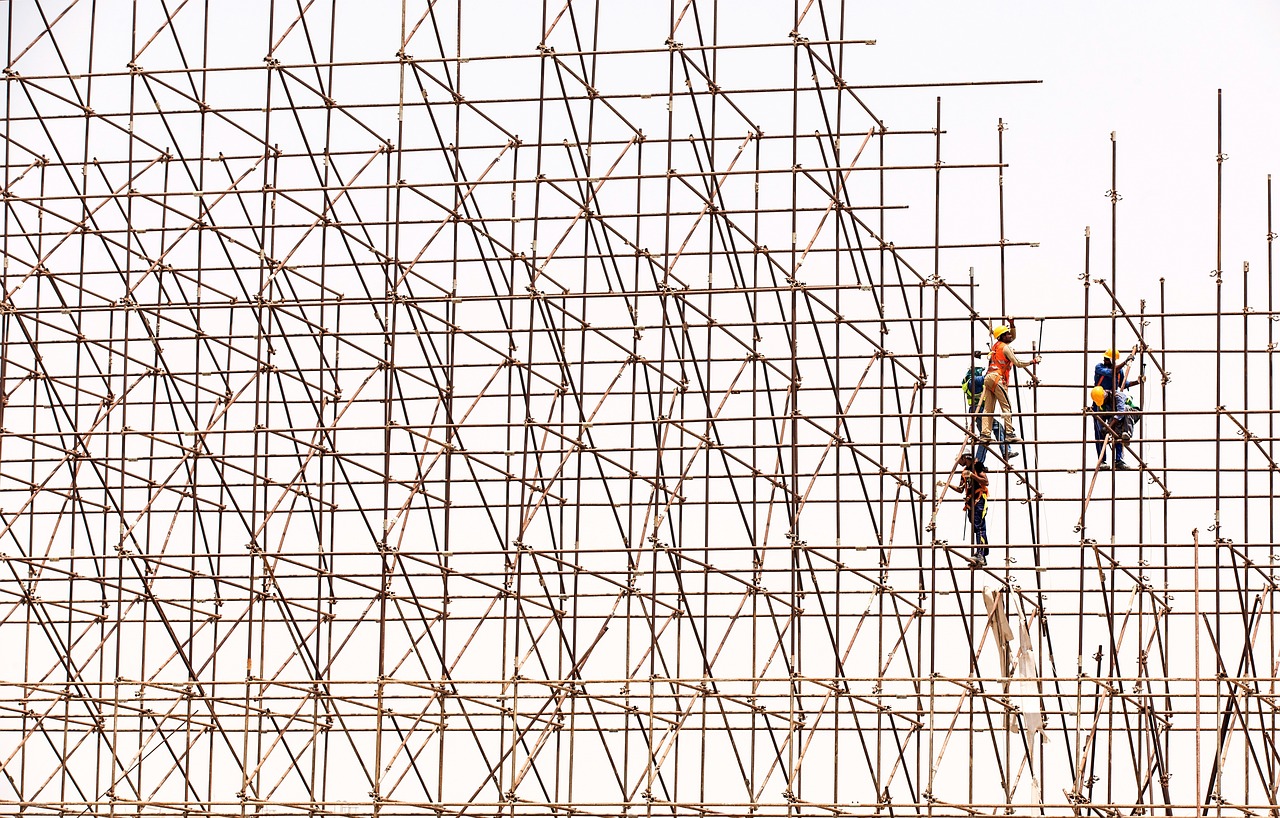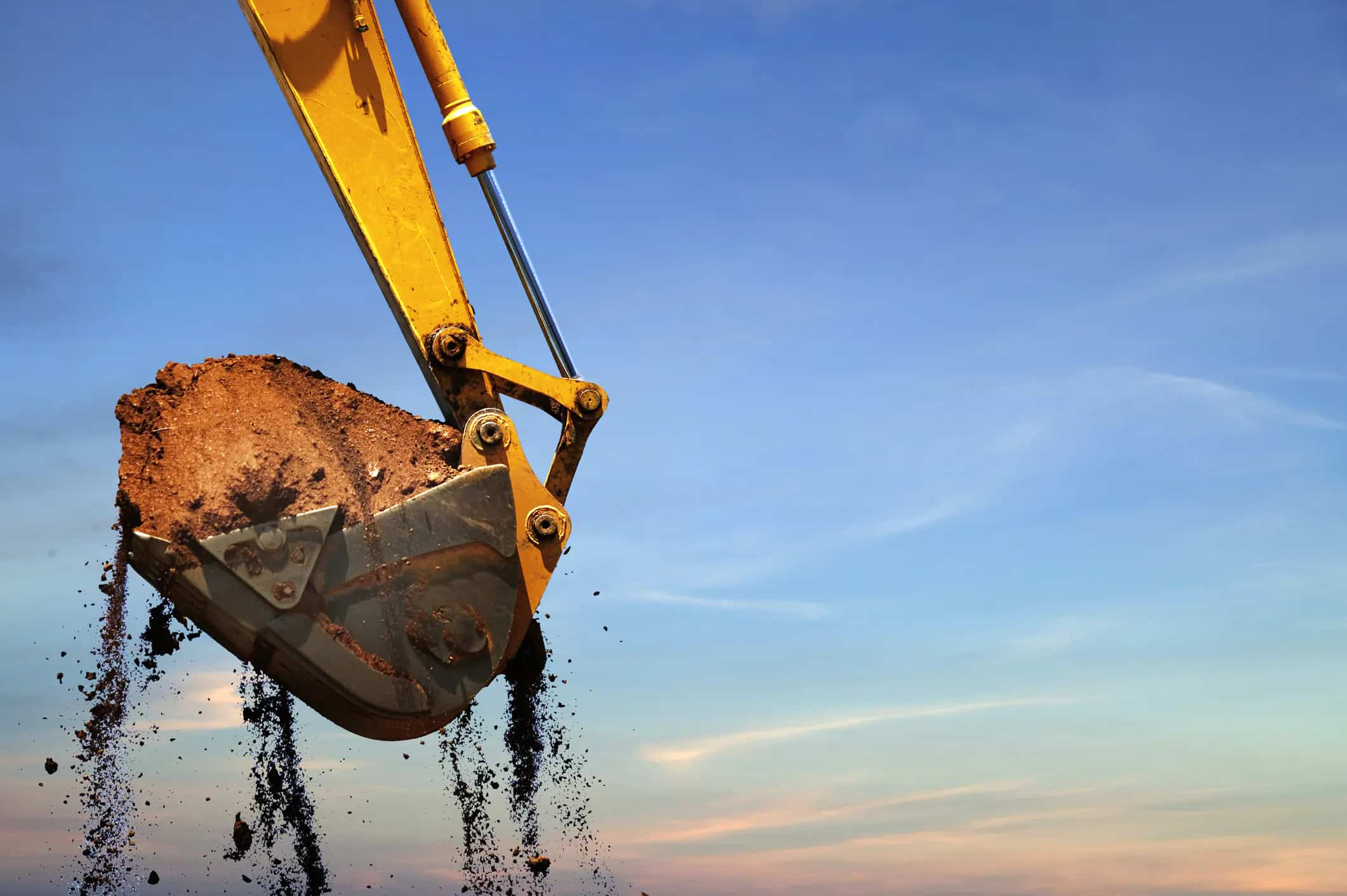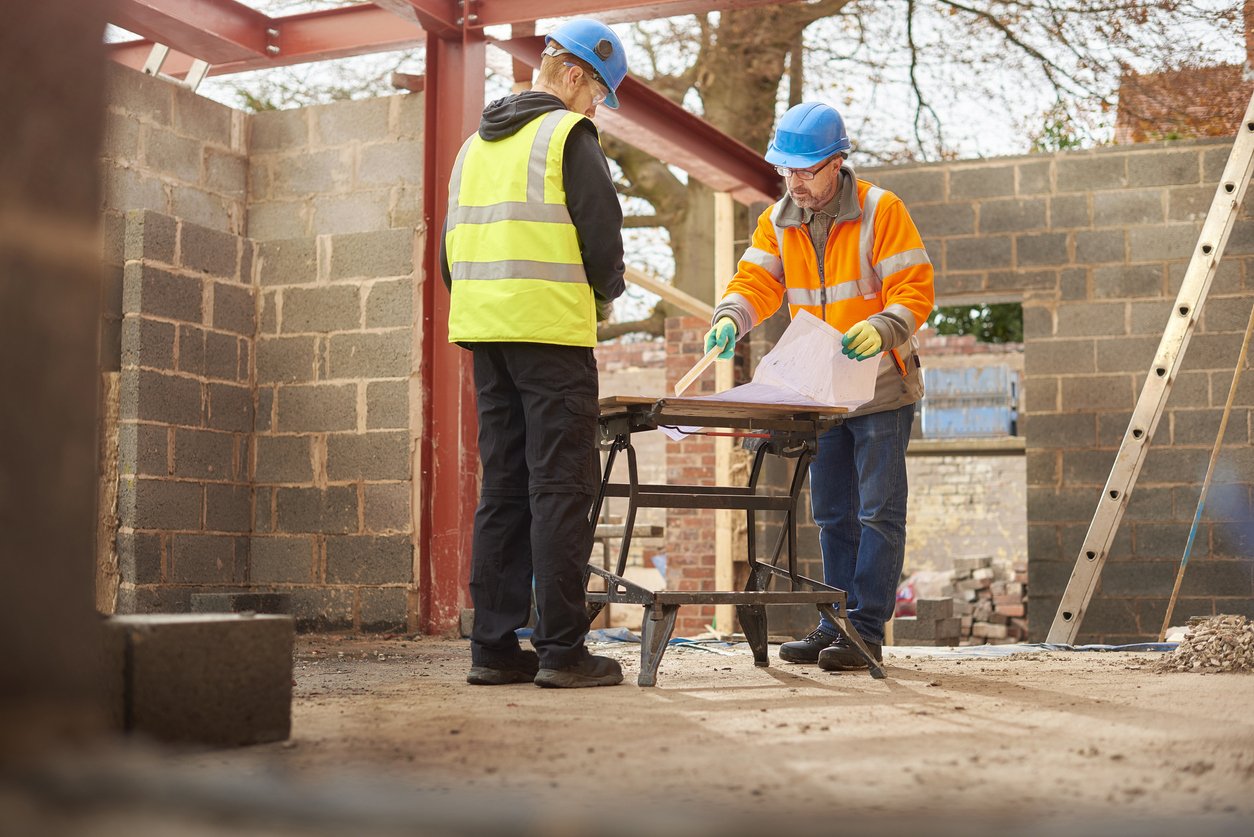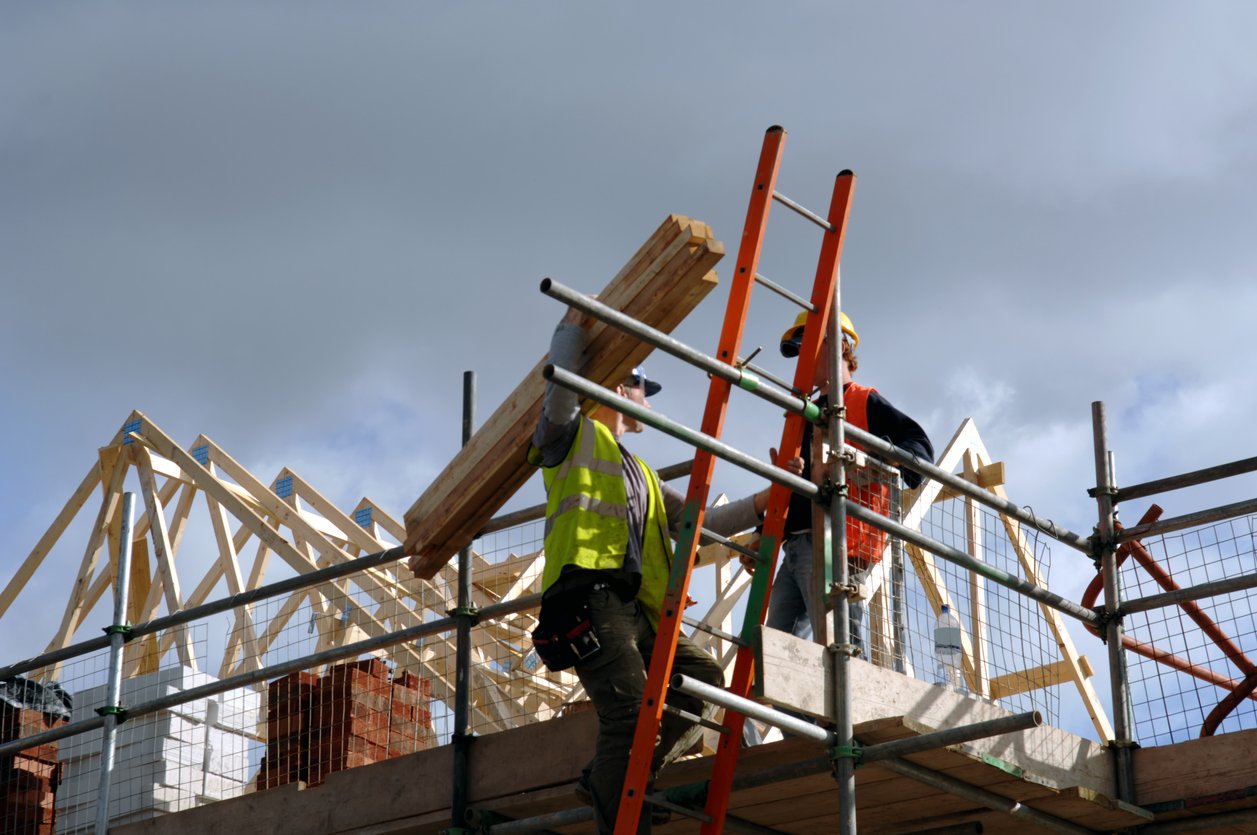
Hazards are a daily part of life in the construction industry. Whether you’re working at height, operating heavy machinery, or dealing with hazardous materials, you’ve always got to be aware of what’s going on around you.
As an employer, you’ve got to know how to manage these risks effectively by setting up structured procedures to protect your workers. These are known as Safe Systems of Work (SSoW).
In this article, we’ll explain what SSoW are, provide real-world examples, and explore their legal importance in supporting your company’s compliance.
Let’s jump in!

In construction, where risks are often high and conditions can change at the drop of a hat, Safe Systems of Work (SSoW) are essential. They provide a structured, step-by-step method for carrying out tasks safely, making sure risks are either eliminated or effectively controlled.
SSoW are required under UK Health & Safety law for any task involving significant risk. It involves putting risk assessments into action, learning from previous incidents, and planning for a safer future! Their job is to create a controlled, predictable environment. They’re an essential part of any effective risk management strategy, helping plan out:
Below are typical examples of how SSoW are applied on construction sites:
Confined spaces such as tanks or tunnels pose serious risks from toxic gases, oxygen deficiency, or engulfment.
Falls are one of the leading causes of fatalities in construction.
Excavation exposes workers to collapse risks and hidden utilities.
Lifting with cranes or hoists carries risks of falling loads and equipment failure.
Each Safe System of Work must be:
When you make sure that SSoW are properly rooted into your projects, you not only meet legal obligations but also protect your workforce and improve site safety culture.

When it comes to working in hazardous environments, having a clear idea of safety processes isn’t optional – it’s essential.
SSoW are there to do just that, so you can carry out jobs safely and consistently.
An effective SSoW goes beyond paperwork—it’s a practical tool that makes sure everyone involved knows how a task should be done, what risks are involved, and how those risks are being controlled.
SSoW are proactive – you use them to identify hazards and put measures in place before work starts. This way, you’re fully prepared for anything that can go wrong. It also helps you avoid preventable accidents and even save lives.
The Health and Safety at Work etc. Act 1974 requires employers to take reasonably practicable steps to safeguard employees. Implementing SSoW demonstrates that your business has assessed risks, applied controls, and communicated safe working methods — all key pillars of legal compliance.
When things go wrong, everything has to stop. Investigations take time – and can lead to costly delays, not to mention lawsuit fees if you’re found to be at fault!
Well-implemented SSoW reduce confusion, prevent mistakes, and keep projects on track by ensuring everyone knows how to perform tasks safely and efficiently.
Safety should always be your priority. Clients and regulatory bodies expect it from you, and any subcontractors you work with. Documented, enforced SSoW show that you’re proactive, professional, and serious about Health & Safety, which will help you build trust and improve your standing with external stakeholders.
Safe Systems of Work are a key part of SSIP (Safety Schemes in Procurement) certification. When you can show how sturdy your systems are, you’ll also meet Health & Safety pre-qualification requirements that you need for grabbing great tendering opportunities!
No matter what type of work you’re tendering for – from small private contracts to huge public sector jobs – SSoW are essential. By investing in them, construction businesses not only protect their workers, but also improve their compliance and boost their credibility in the industry.

Hopefully by now you’ve seen just how important Safe Systems of Work are. So, now, let’s take a look at how to develop one!
The process starts with identifying the hazards associated with a task.
Clearly outline how the task should be completed from start to finish.
Introduce measures that eliminate or minimise each identified risk.
Consult with supervisors, safety officers, and workers who regularly perform the task.
Write the SSoW in clear, simple language and make it accessible to everyone involved.
SSoW should be reviewed regularly or after any incident, near miss, or change in the task.

Establishing a Safe System of Work is only the first step—regularly reviewing and updating it is just as important.
Always remember that construction sites are dynamic environments. Risks can shift quickly due to changes in tasks, personnel, equipment, or weather. What was safe and compliant six months ago may no longer be suitable today!
That’s why it’s so important to review your SSoW. It’s a core part of maintaining a proactive, legally compliant, and effective Health & Safety strategy. Frequent reviews make sure that your procedures are current and up to date, not only reflecting on-site conditions, but also responding to incidents, and keeping your work aligned with current legislation and best practices.
And here’s how you should go about reviewing them:
SSoW should be reviewed on a fixed schedule—typically every 6 to 12 months. Regular reviews help you to:
Building this into your annual safety plan stops your workers from getting complacent with their safety and ensures nothing slips through the cracks.
2. Triggered by incidents
Any accident, near miss, or safety breach should prompt an immediate review of the related SSoW. These events expose weaknesses in current procedures. Acting quickly shows a commitment to continuous improvement and helps prevent similar incidents from occurring again.
3. Collaborative
Reviews should involve multiple perspectives, like managers, safety officers, and front-line workers to get a well-rounded idea of where things are going well, and what needs improving.
Each group brings different insights:
Involving all parties ensures the revised SSoW is both effective and realistic.
4. Recorded and updated
Every review must be properly documented and clearly communicated to everyone affected.
A documented audit trail is essential for demonstrating compliance to inspectors or auditors. Updates should be shared through briefings or training so staff can understand and apply the revised procedures.
Regular, structured reviews keep your Safe Systems of Work relevant, practical, and enforceable as your site evolves. All of this works together to help keep your workforce safer and your operations legally sound.

The best Safe Systems of Work start with well trained, knowledgeable teams. You can’t just throw people into an environment and expect them to figure it out as they go along. Your employees need proper training in how to recognise hazards, keep themselves and others safe, and know when to speak up when something isn’t right!
Strong Safe Systems of Work are also key to achieving and maintaining SSIP certification. SSIP helps construction businesses demonstrate compliance with essential Health & Safety standards, giving clients and partners confidence in your professionalism.
So, to sum it all up, a well-documented SSoW system:
Whether you’re developing your first SSoW, reviewing current practices, or preparing for SSIP assessment, our expert team is here to help! At Smas, we offer a bunch of training and certification options to keep you working in tip-top condition. Ready to get started? Simply click here to get in touch or request a quote today!
